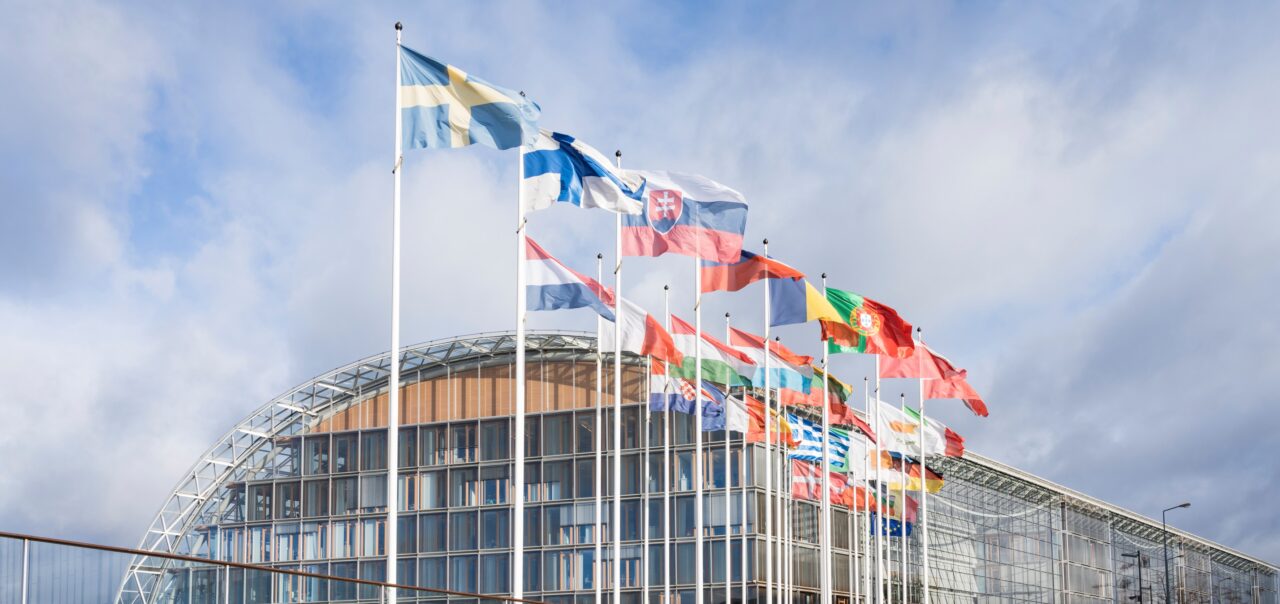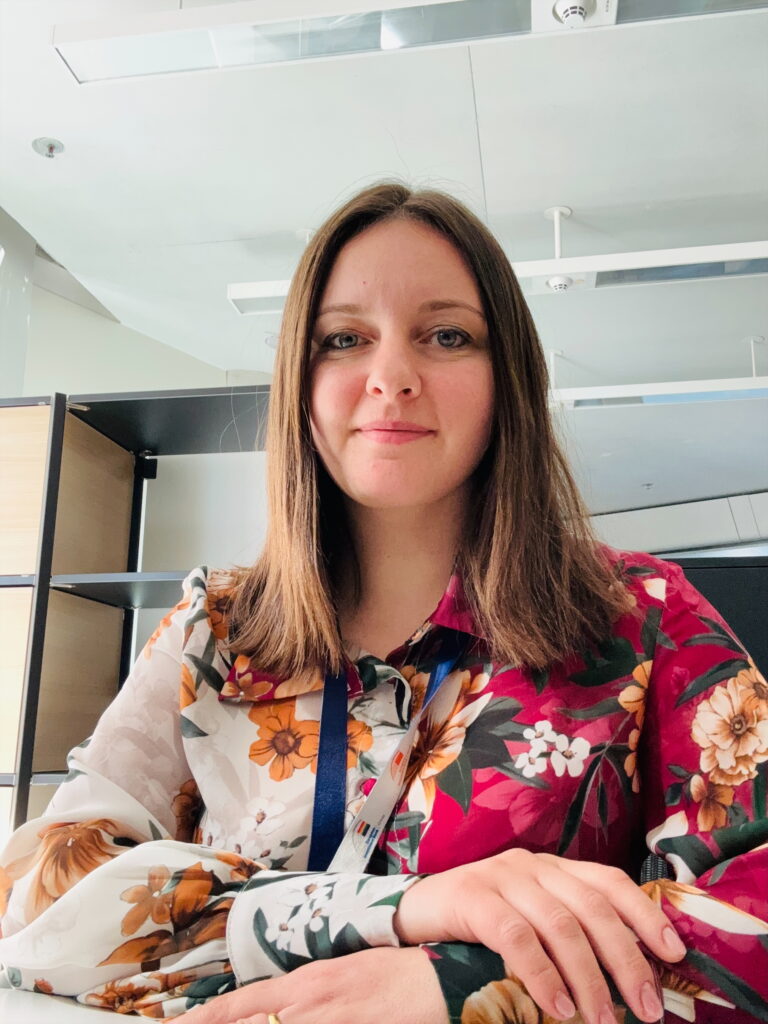
Electric buses, train infrastructure, university lecture halls... You may come across projects financed by the European Investment Bank on a daily basis without knowing it. Founded in 1958 with the Treaty of Rome by the member states of the European Union (EU) to support cohesion and economic development in the Union, this Luxembourg-based institution has invested more than one trillion euros to date in strategic sectors such as energy, climate action, infrastructure and innovation. We discuss the role of the EIB, its philosophy and its vision with Laura Gianfagna, Policy Officer at the European Investment Bank (EIB), who specifies that she is answering entirely in a personal capacity.
What is the European Investment Bank and what does it actually do?
As the financial arm of the European Union, the EIB supports the implementation of policies pursued by member states at EU level. Today, the EIB can be said to be the EU's Climate Bank: it provides financial instruments to support innovation and sustainability, particularly on the climate front. It has a 'pioneering', project-driven approach: project promoters send their proposals to our offices and our engineers carry out the necessary checks to ensure that the EIB's financing criteria are met from an economic, financial, social and environmental sustainability point of view.
For me it is the ideal place to work because sustainability is at the heart of everything. Not only must all projects financed be sustainable in an environmental and economic sense, but sustainable is the business model itself, as activities are financed by issuing bonds on the markets without burdening public resources. This is possible thanks to the triple AAA, the highest rating assigned each year by the rating agencies.
What was your career path up to the EIB and what motivated you to work for this institution?
The great project of the European Community first and the European Union later has required and continues to require a continuous effort of adaptation and compromise; this is done in return for benefits that far outweigh any short-sighted nationalistic pursuit of the common good, in a world that on the one hand is increasingly interconnected and on the other is increasingly polarised. I have always believed in the European project. Knowing this, the manager of a bank I worked for before embarking on my PhD advised me to apply for an internship at the EIB, the lender of the loans that the local bank then turned over to its customers on favourable terms; it turned out to be sensible advice, as I am still working here after nine years.
How do decisions taken at the EIB impact the lives of EU citizens?
A few years ago, the words "Improving lives, together." appeared on the EIB building. The reason is that investments generate a tangible impact on the ground, for citizens. For example, environmentally sustainable projects financed by the EIB in Italy in 2024 are expected to produce renewable energy capable of meeting the annual needs of more than 1.2 million Italian households. The EIB's financial support not only provides an economic advantage in terms of more competitive interest rates and longer maturities, but also serves as a quality label capable of attracting other private financing. It is common knowledge that there is always a need for investment if it is fruitful, i.e. able to generate a multiplier effect on the real economy. For the EIB, acting as a lever to attract co-financing is a doubly successful model of action, or as they say, "win-win', to fill information and market gaps. In addition to soft loans, the EIB also offers free technical assistance for public administrations covering all project phases and beyond.
What have been the EIB's most significant projects so far?
I could mention hundreds of them. Every day, even in Italy, we come into contact with projects financed by the EIB. I am thinking of electric buses in various cities across the country, high-speed trains, ports, modern university campuses renovated with EIB funding, not to mention the support provided to hundreds of thousands of small and medium-sized companies. The watchword is impact, and concrete help in the direction of sustainability and digitisation - the so-called dual transition or 'twin transition". Against climate disasters, every euro invested in prevention saves between five and seven in reconstruction. And if we ask ourselves whether the EIB has an impact, the answer is yes: in Italy in 2024 alone, the EIB invested some EUR 11 billion for a leverage effect of EUR 37 billion or 1.7 per cent of national GDP.
2024 was a year with many elections, and 2025 opened with an early election in Germany and other countries. How do changes at the top of governments affect the EIB's work and forecasts?
Certainly the geopolitical framework matters a lot and I would say never more than in 2025. As far as the European Union is concerned, we do not comment directly on the election results in the member states that are the EIB's shareholders, but we certainly believe that political stability is crucial for ongoing dialogue with the authorities in the countries where public or private projects are implemented. We work closely and in synergy with the European Commission, for example in the implementation of its multiannual programming, so the political debate at EU level is certainly important for defining strategic priorities in the EU and beyond, and if these can evolve, the EIB Group is ready to do the same.
interview collected by Silvia Massa and Alessandro Demichelis, SAA Executive Committee
